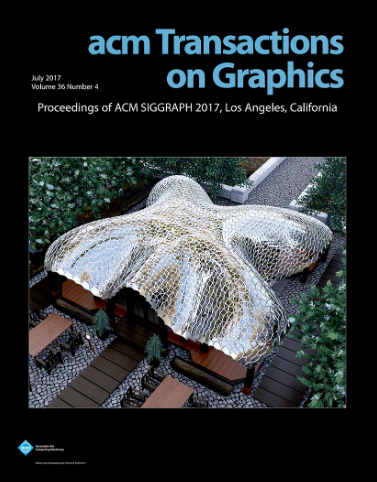PatchEX: High-Quality Real-Time Temporal Supersampling through Patch-based Parallel Extrapolation
IF 9.5
1区 计算机科学
Q1 COMPUTER SCIENCE, SOFTWARE ENGINEERING
引用次数: 0
Abstract
High-refresh rate displays have become very popular in recent years due to the need for superior visual quality in gaming, professional displays and specialized applications such as medical imaging. However, high-refresh rate displays alone do not guarantee a superior visual experience; the GPU needs to render frames at a matching rate. Otherwise, we observe disconcerting visual artifacts such as screen tearing and stuttering. Real-time frame generation is an effective technique to increase frame rates by predicting new frames from other rendered frames. There are two methods in this space: interpolation and extrapolation. Interpolation-based methods provide good image quality at the cost of a higher runtime because they also require the next rendered frame. On the other hand, extrapolation methods are much faster at the cost of quality. This paper introducesPatchEX:基于patch的并行外推的高质量实时时间超采样
近年来,由于在游戏、专业显示和医疗成像等专业应用中需要卓越的视觉质量,高刷新率显示器变得非常流行。然而,高刷新率显示器本身并不能保证卓越的视觉体验;GPU需要以匹配的速率渲染帧。否则,我们会观察到令人不安的视觉假象,如屏幕撕裂和口吃。实时帧生成是一种通过预测其他渲染帧的新帧来提高帧率的有效技术。在这个领域有两种方法:插值和外推。基于插值的方法以更高的运行时间为代价提供了良好的图像质量,因为它们也需要下一个渲染帧。另一方面,外推方法更快,但代价是质量。本文介绍了一种新的帧外推方法PatchEX,该方法旨在以外推的速度提供插值的质量。它巧妙地将每帧分割为前景和背景区域,并使用一种新的神经网络来生成最终的外推帧。此外,采用基于小波变换(WT)的滤波剪枝技术对网络进行压缩,显著缩短了外推过程的运行时间。结果表明,与最新的外推方法ExtraNet和ExtraSS相比,PatchEX的PSNR分别提高了61.32%和49.21%,速度分别提高了3倍和2.6倍。
本文章由计算机程序翻译,如有差异,请以英文原文为准。
求助全文
约1分钟内获得全文
求助全文
来源期刊

ACM Transactions on Graphics
工程技术-计算机:软件工程
CiteScore
14.30
自引率
25.80%
发文量
193
审稿时长
12 months
期刊介绍:
ACM Transactions on Graphics (TOG) is a peer-reviewed scientific journal that aims to disseminate the latest findings of note in the field of computer graphics. It has been published since 1982 by the Association for Computing Machinery. Starting in 2003, all papers accepted for presentation at the annual SIGGRAPH conference are printed in a special summer issue of the journal.
 求助内容:
求助内容: 应助结果提醒方式:
应助结果提醒方式:


